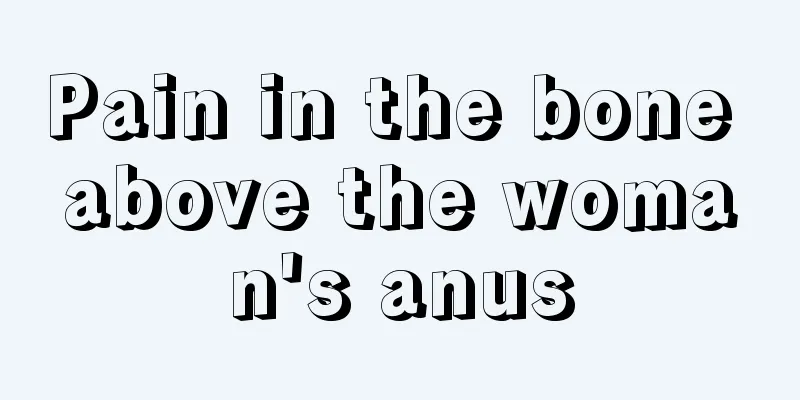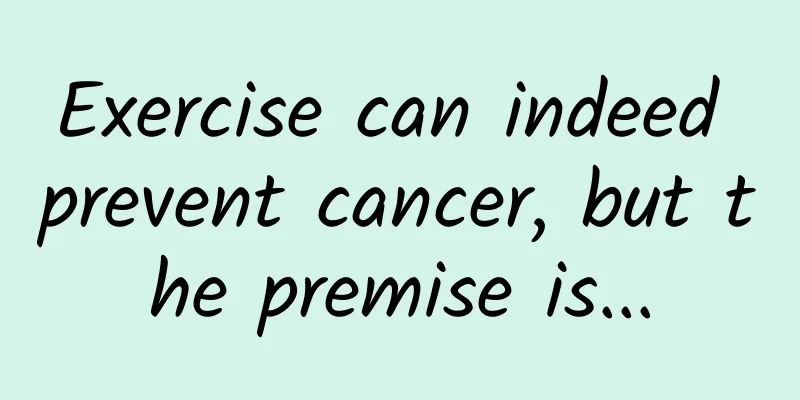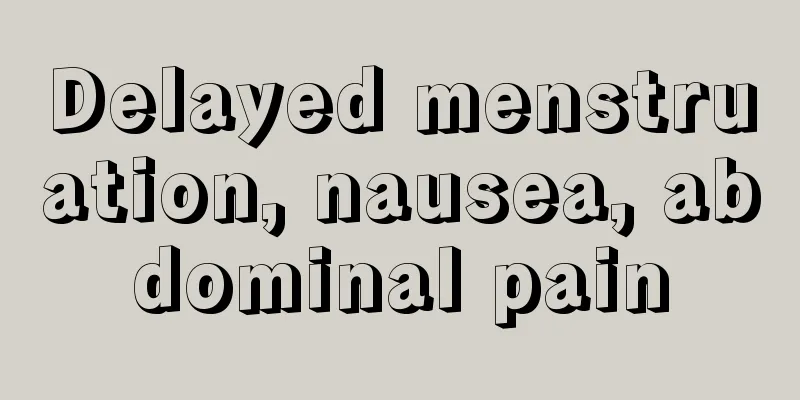Pain in the bone above the woman's anus

|
The bone above a woman's anus is the coccyx. Coccyx pain is also a common symptom. Trauma, deformity and some other reasons may cause coccygeal pain. The main treatment for coccygeal pain is drug therapy. During the treatment process, the patient can be given medication according to the patient's physical condition and specific condition. Below, we will introduce in detail the pathogenesis, symptoms and signs, and treatment methods of coccygeal pain! 1. Pathogenesis The detailed mechanism of coccygeal pain is still unclear. Based on analysis of clinical data. Related to the following factors: 1. Trauma is the most common cause, including coccyx fracture, dislocation or general trauma. In addition to being an early symptom of trauma, late-stage cases may also cause residual local pain that may last for several months. 2. Deformity Congenital coccygeal deformity is mostly hook-shaped, which will inevitably cause high tension in the surrounding muscles and ligaments, causing these tissues to degenerate prematurely and cause pain. The disease caused by this factor is less common than before. 3. Others There are many factors that can cause this disease, including central lumbar disc herniation, sacral tumors or cysts, pedicle collapse with slippage and many other factors. 2. Symptoms and Signs The symptoms vary greatly depending on the cause. For those caused by coccyx fracture and dislocation, the distal end of the fracture is pulled forward or laterally by the coccygeal muscle and levator ani muscle, causing pain. The pain is milder when standing still or lying down, but worsens when sitting or straining during bowel movements; there is often local tenderness. Digital rectal examination may reveal coccyx tenderness and abnormal movement, and sometimes the fracture ends and displacement can be felt. For those caused by other reasons, the symptoms are mostly mild, especially in congenital cases and those with a long course of disease. 3. Medication Choose the appropriate treatment depending on the specific cause. 1. Cases caused by trauma: Cases with fracture and dislocation should be treated according to the treatment for coccyx fracture and dislocation. 2. For those caused by chronic strain, you can rest in prone or side-lying position for 2 to 3 weeks. Those with coccyx pain can also lie on their backs and use an air ring when sitting. Taking a hot water sitz bath 2 to 3 times a day can relieve anal muscle spasms. Most patients recover within 1 to 3 months; however, some may take longer and require 3 to 6 months of treatment without bearing weight on the coccyx. You can sit with weight only when pressure is painless. If you put weight on your coccyx too early, symptoms are likely to recur and the course of the disease will have to start all over again. 3. For patients with severe pain and clear pain points, 1% to 2% procaine 3 to 5 ml can be used for local blockade, once a week, and 3 to 4 times as a course of treatment. 4. For patients with intractable coccyx pain, coccygeal resection can be performed, and a routine closure test before the operation has a good analgesic effect. |
<<: How to have miscarriage if the gestational sac has not implanted
>>: What foods can women eat to prevent pregnancy
Recommend
Granulomatous mastitis heals spontaneously
Granulomatous mastitis is a common form of mastit...
On World Hepatitis Day, come and check if your liver is healthy?
World Hepatitis Day is celebrated on July 28 ever...
Can pregnant women drink mung bean soup in the late stage?
Mung bean porridge in daily life is a kind of swe...
How to cook fish maw stew? Who should eat fish maw stew and who should not eat it?
There are many ways to stew fish. You can steam i...
Live broadcast | The First Affiliated Hospital of Soochow University: Standardizing the diagnosis and treatment of myeloma and helping patients survive longer
The International Myeloma Foundation (IMF) propos...
How to delay aging after oophorectomy?
The ovaries are a very important part of the fema...
Causes of watery and bloody leucorrhea
Many female friends have no idea about the color ...
Lower abdominal pain before menstruation
This can be said to be a very strange physiologic...
What should I do if I feel cold after an abortion?
Abortion can cause great harm to women's bodi...
What should I do if my breasts are swollen and painful after giving birth?
Breast pain in women is a common symptom in life....
What are the symptoms of heavy humidity in the beginning of summer? What tea should I drink to remove humidity in the beginning of summer?
Many people have heavy moisture in their bodies, ...
What are some ways to make your breasts bigger?
What are some ways to make your breasts bigger? I...
Maternal mortality rate in my country
The maternal mortality rate is the maternal morta...
Can I eat okra during menstruation?
Menstruation is a normal physiological reaction f...
Cracked Tooth-I'm not as strong as you think
Author: Wang Fuxueming, Huang Lidan School: Kunmi...









